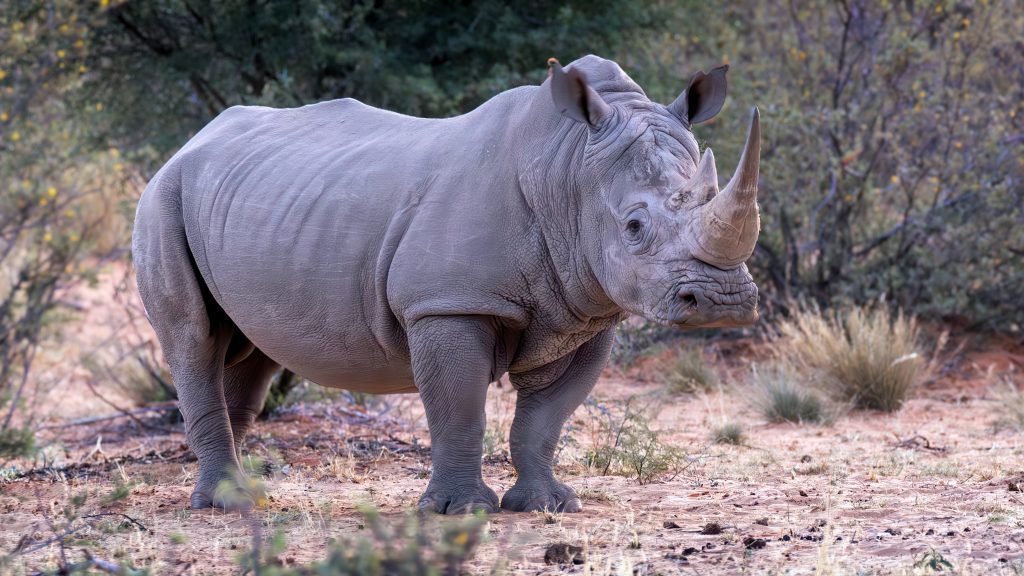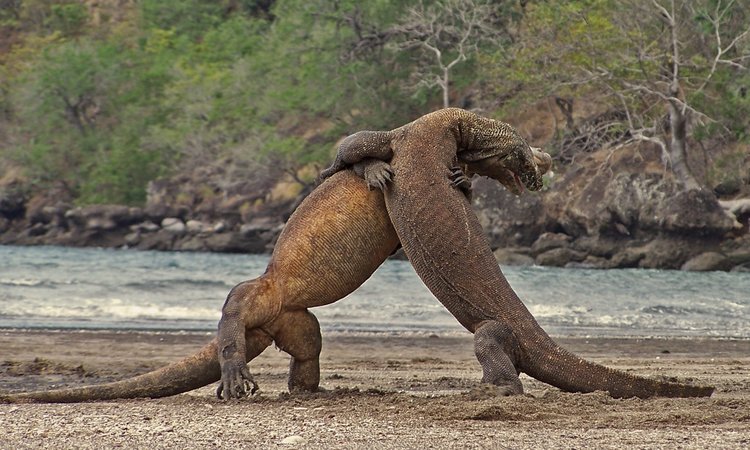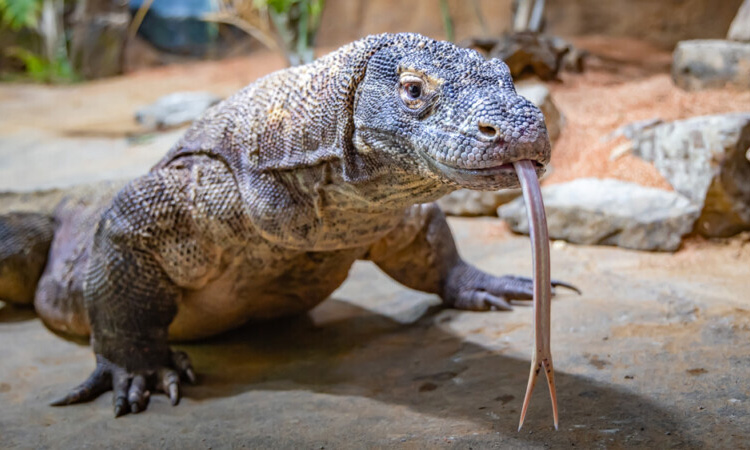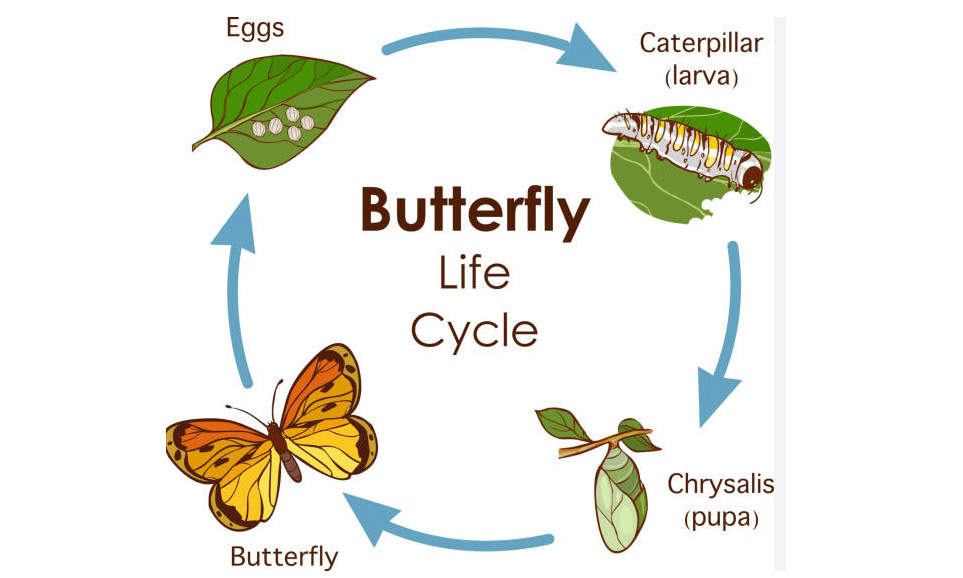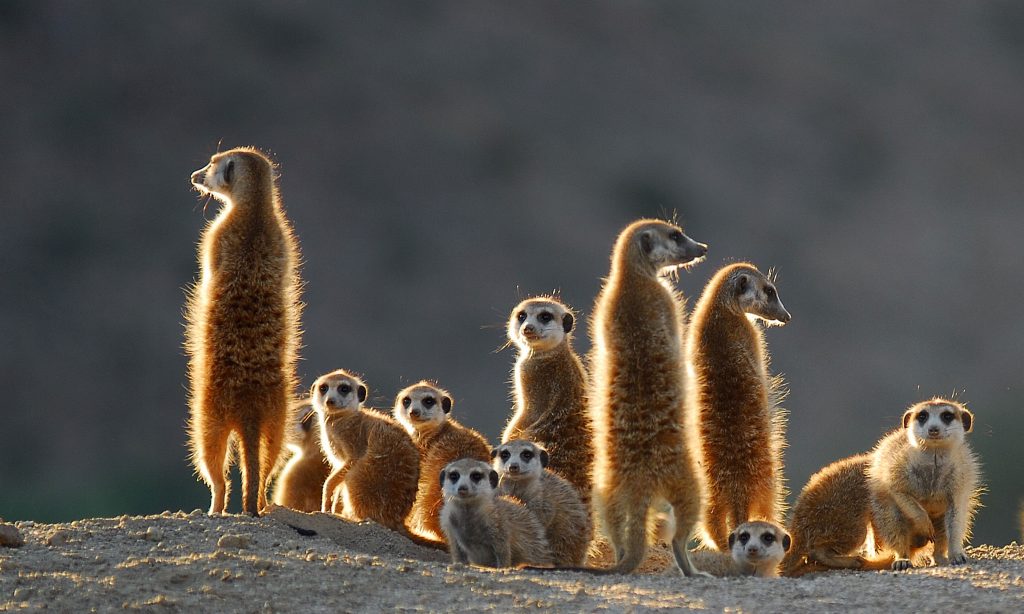The white rhinoceros, or square-lipped rhinoceros (Ceratotherium simum), is one of the most magnificent and imposing creatures on the African continent. Despite its name, “white” rhino is a misinterpretation of the Dutch word “wijde,” meaning wide, which was used to describe the animal’s broad mouth. This majestic species has a rich history and a crucial role in the ecosystem, but sadly, it finds itself on the brink of extinction due to various threats. Here are white rhino information
Physical Characteristics: The white rhino is the larger of the two African rhinoceros species, the other being the black rhinoceros. Males can weigh up to 2,300 kilograms, while females are slightly smaller, typically ranging between 1,600 and 1,800 kilograms. Their distinctive square-shaped mouths are adapted for grazing on grasses, their primary source of sustenance. These herbivores boast two majestic horns made of keratin, the same substance found in human hair and nails.
Habitat and Range: White rhinos are primarily found in savannas, grasslands, and open woodlands of southern and eastern Africa. Countries like South Africa, Namibia, Zimbabwe, and Kenya are home to significant populations. These rhinos are adapted to a variety of habitats, but they prefer areas with an ample supply of water and plenty of grazing opportunities.
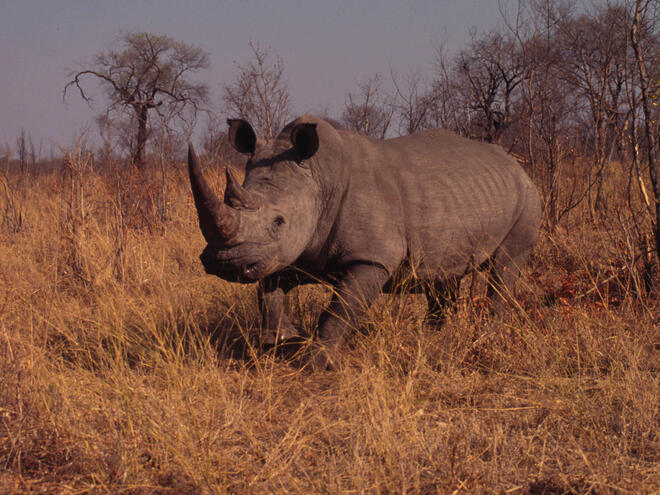
Conservation Status: Despite once being on the brink of extinction in the early 20th century, conservation efforts have led to a notable recovery of white rhino populations, particularly in South Africa. However, they continue to face severe threats, primarily from poaching for their horns. The demand for rhino horns, erroneously believed to have medicinal properties in some cultures, has led to an illicit trade that jeopardizes the survival of these magnificent creatures.
Conservation Measures: Numerous conservation organizations and governments are actively engaged in protecting and preserving the white rhino. Anti-poaching initiatives, habitat protection, and community involvement are integral components of these efforts. Additionally, advancements in technology, such as the use of drones and satellite tracking, aid in monitoring and safeguarding rhino populations.
Challenges and Threats: Poaching remains the most pressing threat to white rhinos. Despite stringent anti-poaching measures, the lure of significant profits continues to drive illegal hunting. The loss and fragmentation of their natural habitat due to human activities further compound the challenges facing white rhinos. Climate change, with its unpredictable impact on ecosystems, also poses a potential threat.
Hope for the Future: While the challenges are daunting, there is hope for the white rhino. Conservation initiatives, international collaborations, and public awareness campaigns have contributed to positive outcomes. Efforts to curb the demand for rhino horns through education and advocacy are crucial components of the fight against poaching.
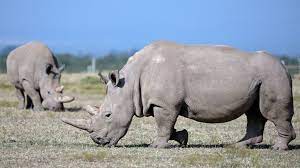
In conclusion, the white rhino stands as a symbol of both the magnificence of African wildlife and the challenges they face in a world increasingly shaped by human activities. It is a testament to the resilience of nature that concerted conservation efforts can make a difference, offering hope that future generations will continue to marvel at the grandeur of the white rhinoceros in its natural habitat.
